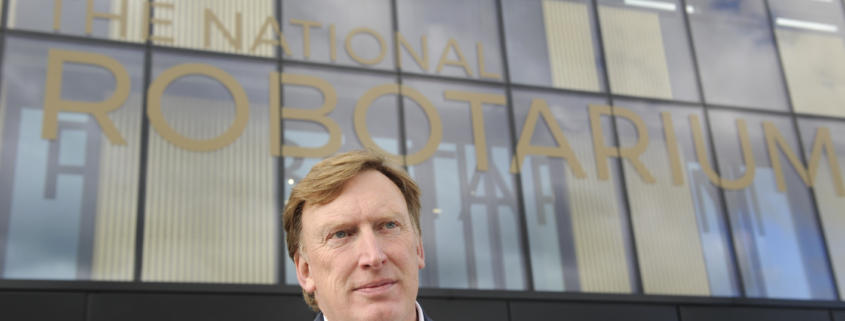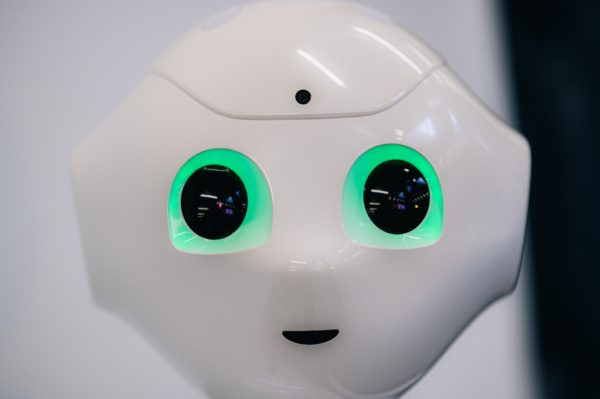Funding for a new training centre to make robots safer and more trustworthy has been announced for the Edinburgh Centre for Robotics.
The new UKRI Centre for Doctoral Training in Dependable and Deployable Artificial Intelligence for Robotics – shortened to CDT-D2AIR (pronounced ‘dare’) – will train new PhD students in verification and certification systems for robotics and AI.
The aim of the centre, delivered in partnership by experts from Heriot-Watt University and The University of Edinburgh, is to ensure that robotics applications in the home and in industry – such as AI assistants to help with independent living or robotic machinery in manufacturing and construction – can interact safely with the environment and users. Postgraduate students in the CDT will be given access to high-spec lab space, robotics equipment and expertise at the National Robotarium as part of their studentship.
The centre is being awarded a share of £117 million funding by UK Research and Innovation (UKRI) – the UK’s national funding agency for investing in science and research – as one of 12 new Centres for Doctoral Training announced by the UK’s Department for Science, Innovation and Technology in the week of the AI Safety Summit 2023.
The successful submission, driven by former National Robotarium academic co-lead Professor Helen Hastie, highlighted the opportunity and need for students to be able to build skills and understanding around AI, verification, design and robotics, ensuring the UK is equipped with the knowledge to develop AI-driven robotic technologies that are trustworthy, dependable and ethical for end users and industry. The centre builds on work already being undertaken by the UKRI TAS (Trustworthy Autonomous Systems) Node in Trust, which Professor Hastie and others at Heriot-Watt are involved in.
Professor Ron Petrick, a Professor of Computer Science at Heriot-Watt University and a world-leading researcher in automated planning and robotics, is Director of the new D2AIR Centre for Doctoral Training.
He said: “There is a clear need for robotics and AI systems be certifiable, reliable and capable of interacting safely with people and the environment. While AI methods are being increasingly used in robotics, much of this technology was not originally designed with safety and other important human-centred requirements in mind. Making AI truly applicable to, and deployable in, robotic solutions will require advanced sets of skills and a new way of thinking.”
Professor Petrick said examples such as generative AI assistants – embodied as robots or speakers – that are deployed in the home to help with independent living, had to converse and collaborate safely. Robots that can sense and interact in their environment for manufacturing and construction also had to work in challenging and extreme environments.
“Crucially, in all of these cases, the safety of autonomous systems is key to their deployability, especially when they need to operate around people,” he added.
Professor Petrick said D2AIR would build a new talent pipeline of graduates who can think in new ways around researching, designing, building and deploying dependable and safe robotics solutions.
“This pipeline will increase productivity, catapulting the UK as a world-leader in trustworthy robotics and AI technologies,” Professor Petrick said.
UKRI said £117 million funding in total had been awarded to 12 Centres for Doctoral Training in Artificial Intelligence based at 16 universities. The investment will continue to ensure that the UK has the skills needed to seize the potential of the AI era, and to nurture the British tech talent that will push the AI revolution forwards, UKRI said.
Michelle Donelan, UK Secretary of State for Science, Innovation and Technology, said: “The UK is at the very front of the global race to turn AI’s awesome potential into a giant leap forward for people’s quality of life and productivity at work, all while ensuring this technology works safely, ethically and responsibly.
“The plans we are announcing today will future-proof our nation’s skills base, meaning we can reap the benefits of AI as it continues to develop. At the same time, we are taking the first steps to put the power of this technology to work, for good, across Government and society.”
UKRI Chief Executive, Professor Dame Ottoline Leyser, said: “The UK is in a strong position to harness the power of AI to transform many aspects of our lives for the better. Crucial to this endeavour is nurturing the talented people and teams we need to apply AI to a broad spectrum of challenges, from healthy aging to sustainable agriculture, ensuring its responsible and trustworthy adoption. UKRI is investing £117 million in Centres for Doctoral Training to develop the talented researchers and innovators we need for success.”


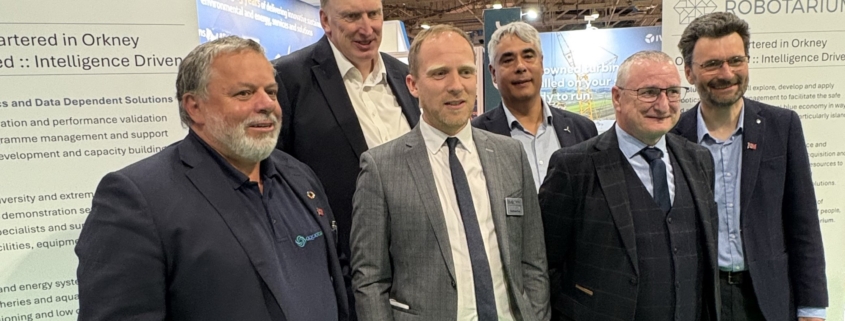


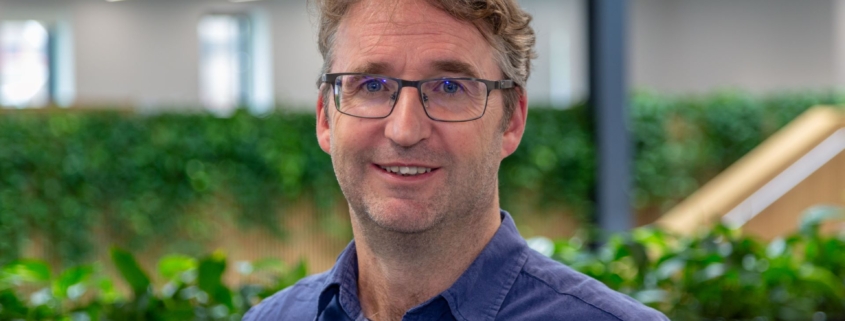

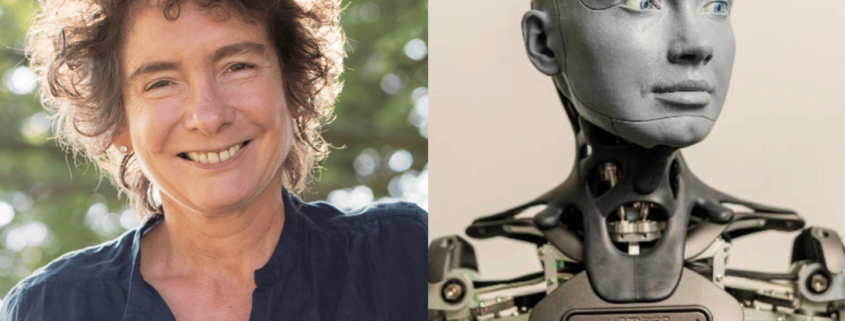
 Adobe stock
Adobe stock
